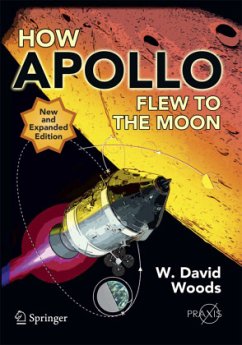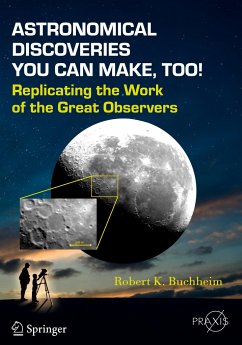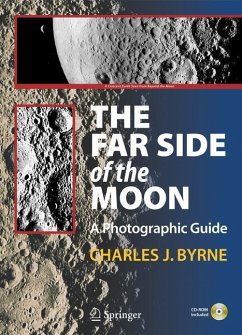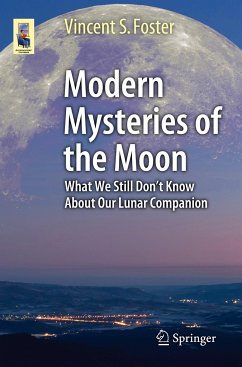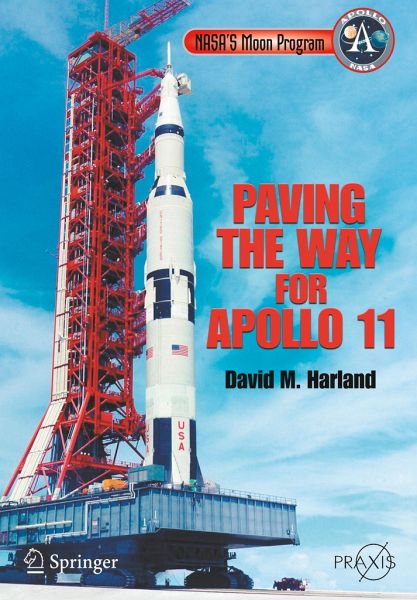
NASA's Moon Program
Paving the Way for Apollo 11

PAYBACK Punkte
16 °P sammeln!
With high resolution color scans from NASA/original Hasselblad film, this colorful book brings to life the flight detail of the Apollo missions. It is the first published account accessible to enthusiasts who wish to know what transpired during the missions.
In 'Paving the Way for Apollo 11' David Harland explains the lure of the Moon to classical philosophers, astronomers, and geologists, and how NASA set out to investigate the Moon in preparation for a manned lunar landing mission. It focuses particularly on the Lunar Orbiter and Surveyor missions.






